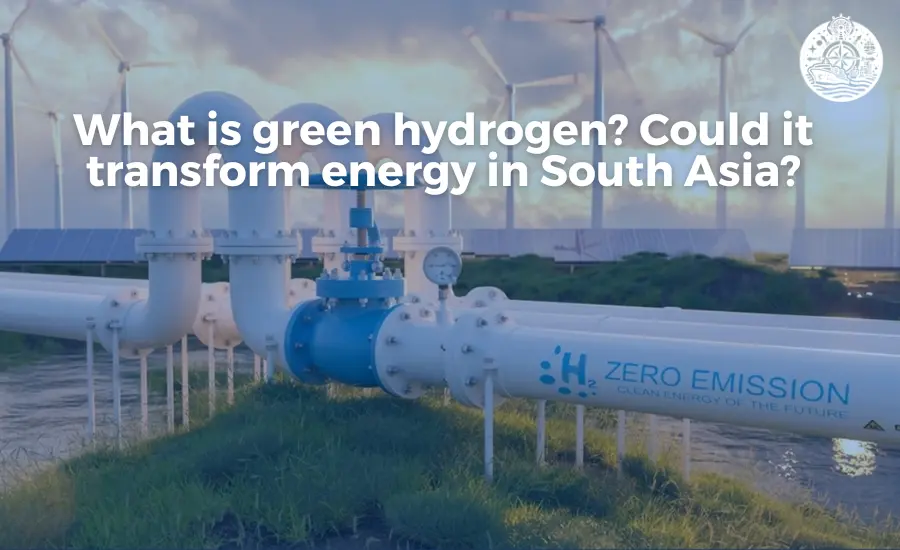Green hydrogen has the potential to substitute fossil fuels in heavily polluting areas that solar and wind cannot actually target
One of the most advantageous applications of green hydrogen is replacing conventional fuels in public transport.
January 21, 2022
Green hydrogen is drawing attention as a possible source of clean energy and is oftentimes touted as ‘the fuel of the future.’ But what is green hydrogen? What makes it ‘green’? And what are its uses and advantages? Here, we explain this promising energy source and its progress and prospects in South Asia.
What is green hydrogen?
Hydrogen gas can be used in transportation, power generation, and industrial activities. It does not emit greenhouse gas emissions such as carbon dioxide when it is burned. Green hydrogen is the name of hydrogen gas we get using renewable energy, such as wind or solar power, which creates no greenhouse gas emissions.
How is hydrogen works as a fuel?
In a fuel cell – a device whcih converts the energy of a chemical and generate electricity – hydrogen gas reacts with oxygen to result in electricity and water vapor. Because of hydrogen’s capacity to come up with energy without releasing greenhouse pollution. It is a potential clean replacement to fossil fuels.
How is hydrogen produced?
Hydrogen is the most available chemical element in the universe. Despite its abundance, hydrogen does not by itself exist as a gas in usable quantities, found almost entirely in compounds like water. Therefore, hydrogen needs to be produced using industrial methods. Most of these are about the reforming of natural gas – a fossil fuel. Other methods exist, including electrolysis, whereby an electric current is utilized to split water into its basic parts: hydrogen and oxygen.
What is the difference between green, grey, lastly blue hydrogen?
While hydrogen gas does not result greenhouse gases when burned, the electricity used to make it, whether using electrolysis or other processes, may have been generated by fossil fuels. This is commonly known as ‘grey hydrogen,’ accounting for 95% of the total production.
Hydrogen is produced using electricity generated by using fossil fuels, such as coal and gas. However, paired with carbon capture and storage (CCS) technologies, which trap the carbon emissions released and prevent them from entering the atmosphere, it is labelled ‘blue.’
Green hydrogen is obtained through electrolysis powered by renewable electricity using solar panels or wind turbines.











